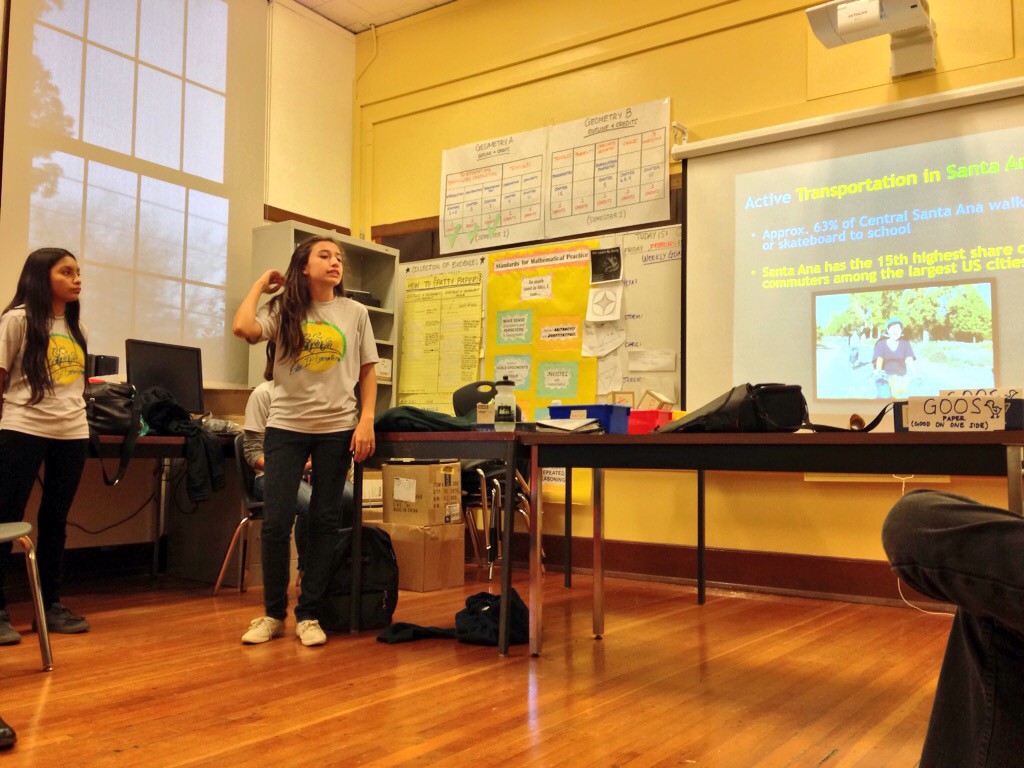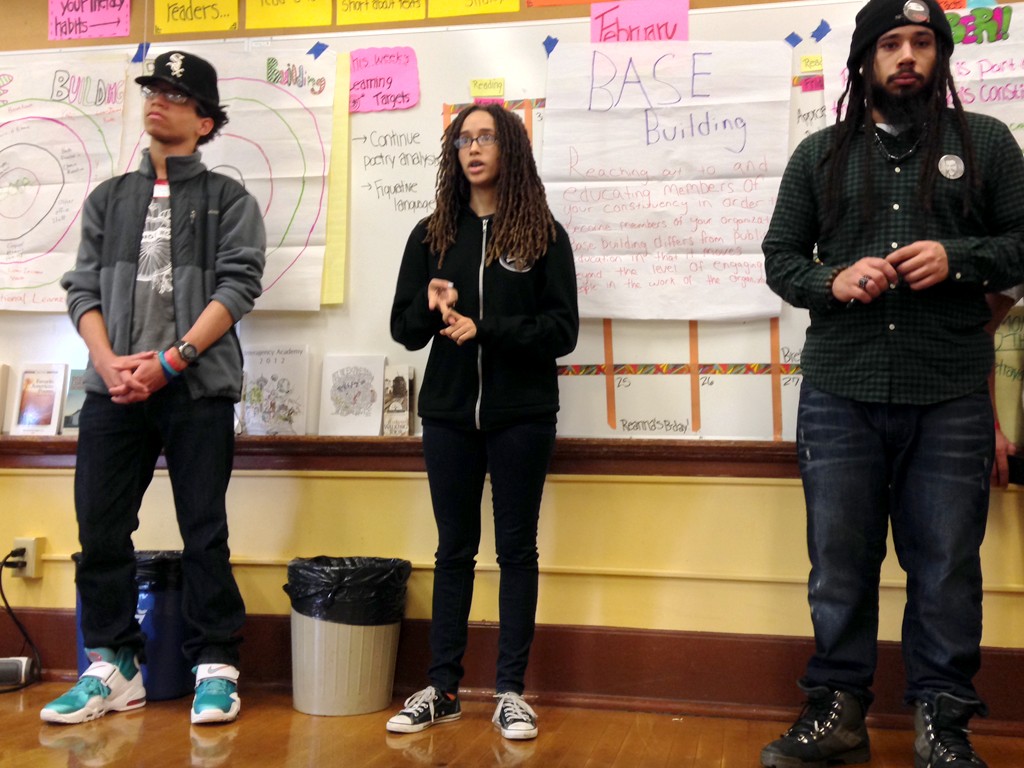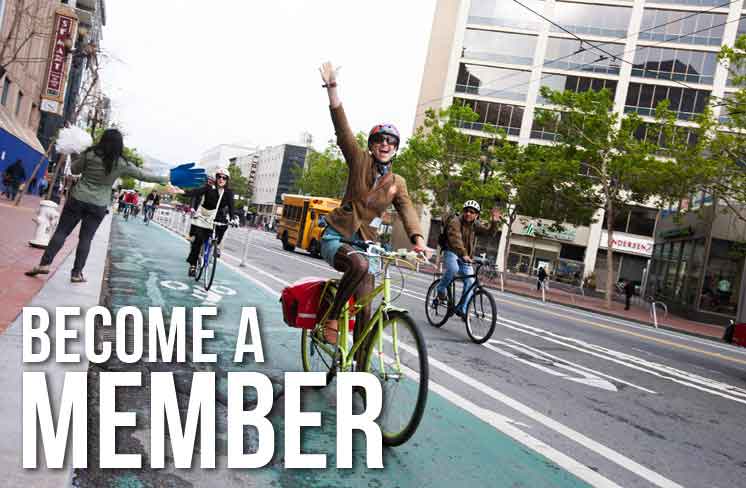Last week, our Community Organizer, Janice Li, had a chance to join hundreds of other bicycle advocates from around the country to talk about their different programs and initiatives.
The twist: The majority of the participants were youth! Hosted by Bike Works in Seattle, the annual Youth Bike Summit brought together people from Florida to Oregon and everywhere in between to explore how the bicycle can be used as a tool for social change. In her own words, Janice shares her experience in Seattle:
I had an amazing time this past weekend at the Youth Bike Summit, where was able to meet both the inspiring youth who are doing fascinating work throughout the country as well as the staff of Seattle’s Department of Transportation. After a few days of meeting incredible people and riding around on Seattle’s newly-launched Pronto Cycle Share system, I’m excited to bring many of the ideas I encountered back to the Bay Area.
In cities like Seattle, St. Paul, Portland and Boston, youth are leading the way when it comes to encouraging more people to ride their bikes and to take ownership of both their streets and the way they get around, whether that means advocating for youth transit passes or community-driven complete streets projects. Many of these youth programs focus their work around social justice and serve as a bridge between communities of color and city government. For example, Bikes Not Bombs in Boston made sure that youth were represented when they were invited on a bike ride with Mayor Marty Walsh by turning a small, invite-only tour of the city into a community bike ride with youth.
Or how about the youth from Bike It! Santa Ana down in southern California? Their teenagers not only did on-street surveys to learn more about how people biked around (in a city that has a 63% modeshare of people who walk, bike or skateboard), but they also learned to use geographic information systems (GIS) programs to map out these routes – something that many adults don’t know how to do. The youth continued outreach, particularly to the large Spanish-speaking population, and spoke at public hearings. All of this brought them to a real victory – their hard work was included as part of Santa Ana’s bicycle master plan.

Bike It! Santa Ana presents on the need for strong community engagement when developing complete streets.
During the three days of the Youth Bike Summit, I also attended an all-women panel for a Q&A session on what’s happening with bike share from Seattle to Philadelphia, a presentation on transit justice in Portland from the Multnomah County Youth Commission and an extensive brainstorm on how we can better support youth-led advocacy campaigns. I was continuously impressed by the work that youth are doing all over our country, and am excited to know the positive impact they have on their communities. More than ever, these youth and their programs need more resources and support.
As we continue to promote the bicycle for everyday transportation here in San Francisco, I come back more motivated than ever and hope to build upon the strengths of our organization thanks to all the things I learned in Seattle.
Want to get more involved with youth and family biking? Learn more about our work here and consider joining or renewing your membership today to support our local initiatives!



